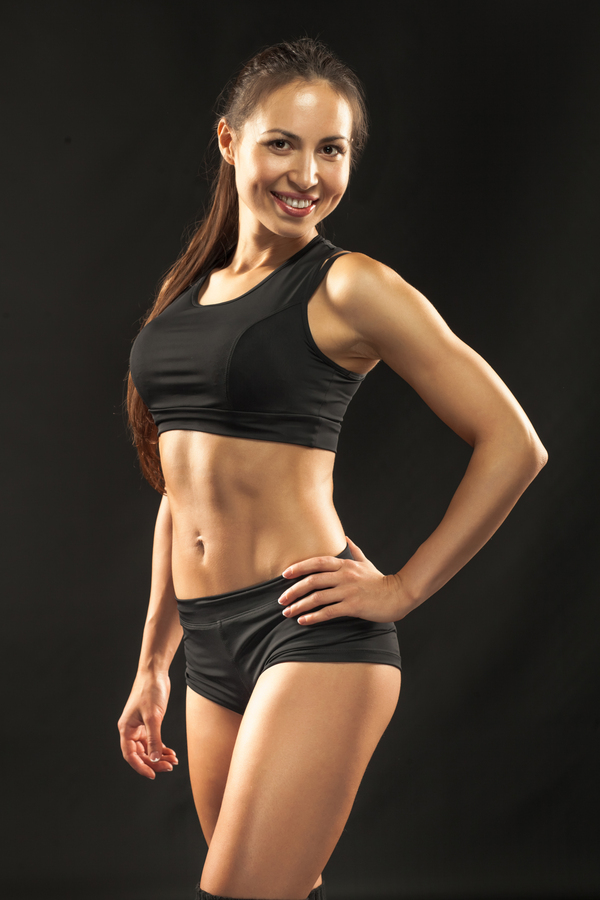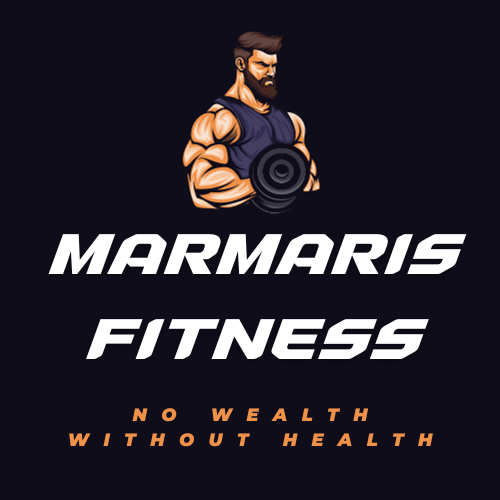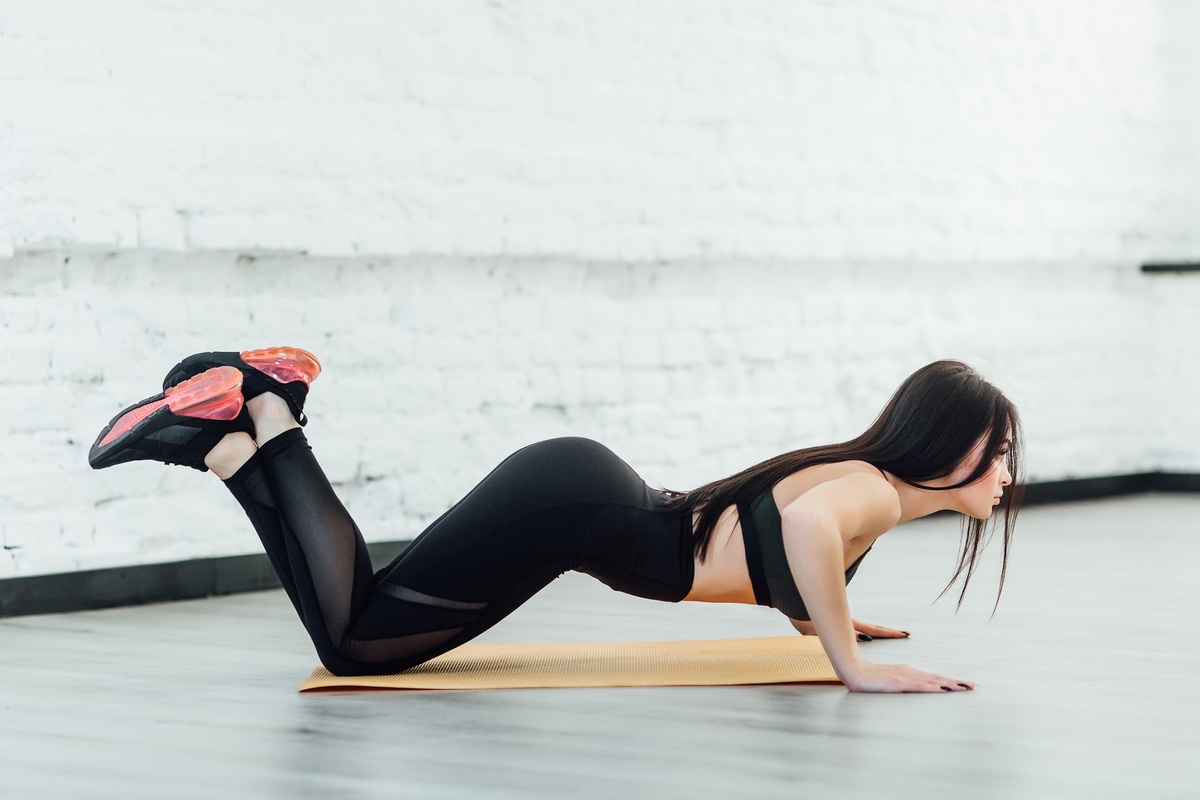The Ultimate Guide to Achieving a Fitted Body: Is It Your Path to Health and Wellness ?
October 6, 2023 | by SWEEKRITI BAGDE

Maintaining a fit and healthy body has never been more crucial in today’s fast-paced environment. A well-fitted body not only increases self-confidence but also promotes general health. We’ll examine the procedures and tactics to help you get the body you want in this detailed guide. We’ve got you covered on everything from comprehending the idea of a fitted body to establishing a long-lasting workout regimen.
Table of Contents
Introduction: The Importance of a Fitted Body
Why a Fitted Body Matters
It goes beyond aesthetics to have a fitting physique; it’s not only about looking nice in your favourite clothes. A well-fitted body is a sign of health and fitness, which can have a big impact on your life. It’s about having a positive, upbeat, and secure sense of self.
The Benefits Beyond Aesthetics
A well-maintained physique offers numerous benefits:
- Improved overall health: A fitted body is less susceptible to various health issues like heart disease, diabetes, and obesity.
- Enhanced self-esteem: Achieving your fitness goals can boost your self-confidence and improve your mental well-being.
- Increased energy levels: Regular exercise and a balanced diet can provide you with the energy needed to tackle daily challenges.
- Better quality of life: A fitted body allows you to enjoy life to the fullest by participating in various activities without physical limitations.
In the sections that follow, we will delve deeper into the concept of a fitted body, explore effective workout routines, understand the role of nutrition, and provide guidance on setting achievable fitness goals.
Let’s embark on this journey towards a healthier and fitted you.

Defining a Fitted Body
What Is a Fitted Body?
A fitted body is a state of physical fitness where your body is well-toned, strong, and agile. It reflects a balance between muscle development and fat reduction. However, it’s essential to note that a fitted body doesn’t have a one-size-fits-all definition. It varies based on individual goals and body types.
Body Types and Goals
Understanding your body type is crucial when working towards a fitted body. There are generally three body types:
- Ectomorph: These individuals are naturally lean and have difficulty gaining muscle or fat. Their goal might be to build muscle mass and increase overall strength.
- Mesomorph: Mesomorphs have a naturally athletic build with well-defined muscles. They aim to maintain and enhance their muscle tone.
- Endomorph: Endomorphs tend to store fat easily and have a rounder body shape. Their focus is often on fat loss and muscle definition.
Knowing your body type will enable you to create sensible fitness objectives and modify your diet and exercise routines accordingly.
After discussing body types and the definition of a fitting body, let’s examine the critical role that nutrition plays in reaching your fitness objectives.
Nutrition: The Foundation of Fitness
Understanding Macros and Micros
You need to feed your body with the proper nutrients to get a fit body. Your food is a key factor in influencing how far you get. Macronutrients and micronutrients are two crucial aspects of nutrition.
Macronutrients:
- Proteins: These are the building blocks of muscles. Ensure you consume an adequate amount of lean protein sources like chicken, fish, tofu, and legumes.
- Carbohydrates: Carbs provide energy for workouts. Opt for complex carbohydrates such as whole grains, fruits, and vegetables.
- Fats: Healthy fats support various bodily functions. Incorporate sources like avocados, nuts, and olive oil.
Micronutrients:
- Vitamins: These are essential for overall health. Consume a variety of fruits and vegetables to obtain a wide range of vitamins.
- Minerals: Minerals like calcium, magnesium, and iron are vital for muscle function and overall well-being. Ensure you meet your daily requirements.
Meal Planning and Portion Control
Dietary consistency is essential. Plan your meals according to your lifestyle and fitness objectives. To avoid overeating, portion control is also essential. Measure your quantities, use smaller dishes, and refrain from mindless nibbling.
The Role of Hydration
Although frequently neglected, being hydrated is important for your fitness journey. Water facilitates healthy muscular function, digestion, and body temperature regulation. Throughout the day, make sure you drink enough of water, especially before, during, and after workouts.
Let’s move on to the following phase, efficient exercises for a healthy physique, now that your nutrition is under control.

Effective Workouts for a Fitted Body
Cardiovascular Exercises
Exercises with a cardiovascular component are crucial for boosting heart health, burning calories, and building endurance. Take jogging, cycling, swimming, or brisk walking into consideration. Aim for 150 minutes or more per week of moderate-intensity cardio.
Strength Training
Strength exercise increases metabolism while constructing lean muscle mass. Include bodyweight workouts, resistance bands, or weightlifting in your programme. To guarantee overall development, concentrate on various muscle groups.
Flexibility and Mobility
Remember to incorporate flexibility exercises like yoga or stretching programmes. These assist you increase your range of motion, shield yourself from harm, and correct your posture. Muscle tension can also be reduced with regular stretching.
Addressing the mental components of fitness is crucial as we move forward on our path to a fit body. Watch this space for our discussion of the mind-body relationship in the section that follows.
The Mind-Body Connection
The Impact of Stress on Your Fitness Journey
In order to achieve and keep a fit body, your mental health is also important. Your physical health can be negatively impacted by stress, whether it comes from job, relationships, or daily life. Increased cortisol production brought on by high stress levels has been linked to weight gain and muscle loss.
Consider incorporating relaxation methods into your routine as a means of reducing stress. You can efficiently control your stress by practising mindfulness, deep breathing, and meditation. Regular exercise also releases endorphins, the body’s natural stress-relieving hormones, which makes it a natural stress reliever.
The Power of Mindfulness
Being totally present in the present moment is the practise of mindfulness. It entails directing your attention to your ideas, feelings, and physical experiences while being objective. You can develop a greater knowledge of your body’s requirements and make thoughtful decisions about your diet, exercise routine, and general well-being by engaging in mindfulness practises.
Setting Realistic Goals
The S.M.A.R.T. Goal-Setting Method
It’s critical to establish specific, attainable goals for your fitness journey if you want to stay motivated. The S.M.A.R.T. goal-setting technique can help you with this:
- Specific: Define your goals precisely. For example, instead of saying, “I want to lose weight,” specify how much weight you aim to lose and in what timeframe.
- Measurable: Ensure your goals are quantifiable. You should be able to track your progress and know when you’ve achieved them.
- Achievable: Set realistic goals that are within your reach. Unrealistic expectations can lead to frustration.
- Relevant: Your goals should align with your fitness aspirations and overall well-being.
- Time-bound: Establish deadlines for your goals. Having a timeframe creates a sense of urgency and motivation.
Tracking Your Progress
Maintaining focus requires keeping track of your progress. Use a fitness journal or an app to keep track of your workouts, diet, and any adjustments to your body measurements. Celebrate minor accomplishments along the road to maintain your motivation.
We will discuss how to incorporate fitness into your routine and get through various roadblocks that could obstruct your progress in the next section.
Fitting Fitness into Your Lifestyle
Creating a Workout Schedule
To get a fitting body, consistency is essential. Organise your workouts according to your preferences and daily schedule. Find a time that works best for you to exercise, whether it be in the morning, during lunch, or in the evening. To develop a habit of exercising, commit to your timetable.
Staying Motivated
It can be difficult to keep motivated, but it’s crucial to stick with your fitness goals. Here are some pointers to keep you on course:
- Find a workout buddy: Exercising with a friend can make workouts more enjoyable and hold you accountable.
- Set rewards: Treat yourself to small rewards when you reach milestones.
- Change it up: Variety in your workouts can prevent boredom. Try different exercises and classes to keep things exciting.
Overcoming Common Barriers
Obstacles abound in life, but with enough willpower, you can get through them. Time restrictions, a lack of equipment, or apprehension about being judged at the gym are a few frequent obstacles to fitness. To overcome these difficulties:
- Time management: Prioritize your health by allocating time for exercise in your daily schedule.
- Home workouts: You can achieve great results with bodyweight exercises or minimal equipment at home.
- Confidence: Remember that everyone starts somewhere. Don’t be afraid to seek guidance from fitness professionals or use online resources.
You may easily incorporate fitness into your routine and get beyond common challenges with these techniques. We will discuss rehabilitation, dietary supplements, and the impact of genetics on your fitness path in the sections that follow.
Dietary Supplements and Their Role
Protein Supplements
Fitness enthusiasts frequently use protein supplements, especially those who want to gain muscle mass. There are many possibilities, including whey protein, casein protein, and plant-based protein powders. They can assist you in consuming enough protein each day, particularly if you lead a hectic lifestyle.
Vitamins and Minerals
While eating a balanced diet rich in important vitamins and minerals is ideal, taking supplements can be helpful, especially if you have certain dietary restrictions. Taking multivitamins can ensure that your body receives the additional nutrients it needs to support your fitness goals.
The Importance of Consulting a Professional
It’s crucial to speak with a healthcare or nutrition specialist before including any dietary supplements in your regimen. They can evaluate your particular needs and make recommendations for the best supplements at the optimal amounts. Keep in mind that supplements shouldn’t be used in place of food in your diet.
Recovery and Rest
The Significance of Sleep
An effective fitness journey must include rest and rehabilitation. A critical part of this process is sleep. Muscle tissue is repaired and grown during deep sleep. For your general health and fitness goals, aim for 7-9 hours of good sleep each night.
Active vs. Passive Recovery
Recovery involves both active and passive methods in addition to sleep. Low-intensity exercises like strolling or mild yoga are examples of active recovery exercises that assist ease muscle discomfort. On the other side, passive recovery entails rest and relaxation, including taking hot baths or having a massage.
Avoiding Overtraining
While dedication to your fitness goals is commendable, overtraining can lead to burnout and injuries. Pay attention to your body’s signals, such as persistent fatigue or muscle soreness. Incorporate rest days into your workout routine to allow your muscles to recover fully.
The Role of Genetics
Genetic Predisposition
Your quest for fitness may be influenced by your genes. Some people may have genetic predispositions that influence their metabolism, ability to build muscle, or ability to store fat. Although your genetics are unchangeable, being aware of them can help you establish reasonable goals and adjust your workout programme accordingly.
How Genetics Influence Your Fitness Journey
There are services for genetic analysis and testing that can give you information about your ancestry. These examinations can provide details about your metabolism, muscle fibre composition, and associated health problems. With this information, you can make a more specialised diet and exercise plan.
As we draw to a close with our guide to getting a healthy body, keep in mind that your path to fitness is individual to you. Accept your development, remain devoted, and keep pursuing your route to wellbeing. We’ll summarise the most important lessons learned and address some commonly asked questions (FAQs) in the concluding part.
Conclusion: Your Fitted Body Journey
Embracing Your Progress
A journey packed with obstacles and victories, getting a fit body is. Accept the changes you see in the mirror, but also rejoice in the advantages it brings to your health and happiness. Your path is about becoming the best version of yourself, not merely improving your outward looks.
Continuing Your Path to Wellness
A fit body demands consistent work and commitment to maintain. Make health and wellness a lifelong commitment by keeping in mind the advice in this manual. Maintain your drive, envelop yourself in love, and give your health top priority.
FAQs
1. How long does it take to achieve a fitted body?
Based on variables including genetics, food, and consistency of exercise, each person’s time frame for getting a fit body is unique. Realistic goals must be set, and the emphasis must be on long-term growth rather than immediate fixes.
2. Can I achieve a fitted body without going to the gym?
Yes, it is possible to get a fit body without working out at a gym. Numerous efficient exercises require little equipment and can be performed indoors or outdoors. Consistency and a comprehensive exercise programme are crucial.
3. What should I eat before and after a workout?
Choose a balanced lunch with carbohydrates for energy and protein for muscular support before working exercise. Protein and carbs should then be prioritised to help with recovery and muscle regeneration.
4. How do I stay motivated on my fitness journey?
It might be difficult to stay motivated, but making specific objectives, monitoring your progress, and finding a workout partner or support group can all help.
5. Are there any shortcuts to achieving a fitted body?
There are no fast cuts to maintaining long-term health and fitness. Quick cures frequently provide unsustainable results and perhaps dangerous health effects. For long-term success, concentrate on implementing gradual, sustainable lifestyle adjustments.
By putting the knowledge and tactics described in this guide into practise, you may start your road towards a fit physique right away. Your journey to health and wellbeing is a marathon, not a sprint, so keep that in mind.
RELATED POSTS
View all



